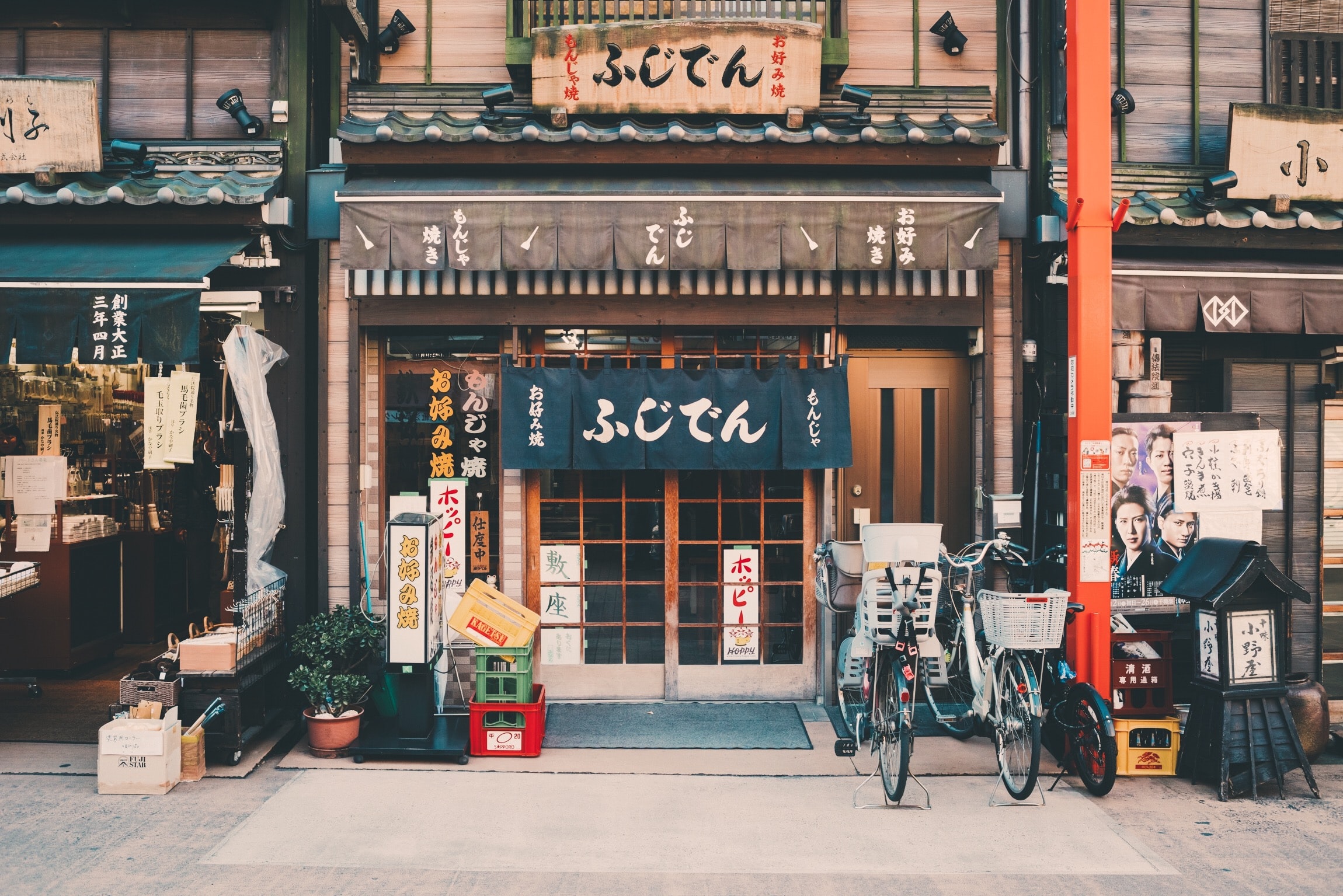The Japanese OTC and Pharma market has been decentralized and growing in recent years, with market trends of M&A and online stores.
The different drug categories
“Pharmacies” and “drugstores” have different business models in Japan. Pharmacies usually locate near private clinics and public general hospitals, selling mainly Type I, II and III drugs, while drugstores usually focus on Type II and III drugs, quasi drugs, food supplements and cosmetics.
Japanese Pharma Market and Pharma M&A
Japan had the highest density of pharmacists and drugstores among the Organisation for Economic Co-operation and Development (OECD) countries. The ownership on the Japanese OTC & Pharma retial was decentralized, with only 30% of the drugstores being chain pharmacies and all others being privately owned pharmacies.
| No | Company name |
Total revenue in FY2017 (million JPY) |
Revenue from Rx in FY2017 (million JPY) |
Market share in Rx products |
Number of pharmacies |
| 1 | AIN Pharmacy |
248,110 | 221,801 | 2.8 | 1,066 |
| 2 | NIHON CHOUZAI |
223,468 | 189,327 | 2.4 | 557 |
| 3 | KRAFT | 168,090 | 161,500 | 2.1 | 756 |
| 4 | Qol Pharmacy |
131,502 | 120,596 | 1.5 | 696 |
| 5 | SUZUKEN Co., Ltd. |
2,126,993 | 97,786 | 1.3 | 450 |
Table 1. Sales of top 5 pharmacy chains in Japan in FY2017. (from http://www.mac-advisory.jp/trend/statusquo/)
The route to win competition
For pharmacies, the insurance dispensing fee for products usually accounts for more than 80% of the revenue, thus the number of prescriptions processed is directly related to sales. Therefore, the relationship with clinics is key for the business of pharmacies. In recent years it has become harder to open new pharmacies so the most effective way to increase sales is to expand stores by M & A.
Particularly, all the leading pharmacy and drugstore companies expand their business with M&A activities, making full use of their capital strength. As a typical case, Tsuruha Group purchased Kyorindo, another drugstore company, and became the top company in the drugstore market with a market share of 10.3% in 2017. The companies are seeking not only a simple scale expansion, but also a clear differentiation. Some companies, for instance, are using IT to improve their services, while other companies are active in business development in other fields. The Qol Pharmacy has developed a mobile application for sending prescriptions and shortening the waiting time in pharmacies.
| No | Company name |
Total revenue in FY2017 (million JPY) |
Market share | Number of drugstores |
| 1 | Tsuruha Holdings | 666,568 | 10.3 | 1,831 |
| 2 | WELCIA | 623,163 | 9.6 | 1,535 |
| 3 | Matsumoto Kiyoshi Holdings | 535,133 | 8.2 | 1,555 |
| 4 | SUN DRUG | 528,394 | 8.1 | 1,070 |
| 5 | COSMOS Pharmaceutical Corporation | 502,732 | 7.7 | 827 |
Table 2. Sales of top 5 drugstore chains in Japan in FY2017. (from http://www.mac-advisory.jp/trend/statusquo/)
As mentioned above, compared with the drugstore market, the pharmacy market is less oligopolistic and the Rx market became attractive for drugstore chains. WELCIA, one of the top drugstore chains, with 18.4% of its total revenue coming from Rx drug sales in 2017, accounted for 1.2% of the Rx market. Matsumoto Kiyoshi, another leading drugstore brand under the pressure of competition, announced that it was going to start its pharmacy business to expand its market share.
How the online pharmacies market grows in Japan
The Supreme Court of Japan made a decision to liberalize online OTC drug sales in 2013 and online pharmacies were allowed by June 2014. For switched OTC drugs, online sales become possible after a 3-year observation period. The online sales of OTC drugs are supervised by the Ministry of Health, Labour and Welfare (MHLW). According to MHLW, the online sales of OTC drugs must meet the criteria as follows:
- there should also be high street pharmacies or drugstores
- there should be pharmacists working and the name and working time for pharmacists should be available at the online pharmacies
- the address, telephone number, and contact outside business hours should be available at the online pharmacies
- Rx drugs or guidance-mandatory drugs cannot be sold via online pharmacies
- reviews or recommendations are not allowed at online pharmacies
To meet these strict criteria and sell OTC drugs online, Amazon opened its first physical pharmacy in Japan in 2017.
OTC, MD and cosmetics are also available at E-commerce platforms such as Amazon and Rakuten (the largest Japanese e-commerce website). However, due to the strict regulations and conservative attitude from the public, the development of the online pharmacy market in Japan may be slower than in other countries such as China.
Featured image: Photo by Clay Banks on Unsplash




